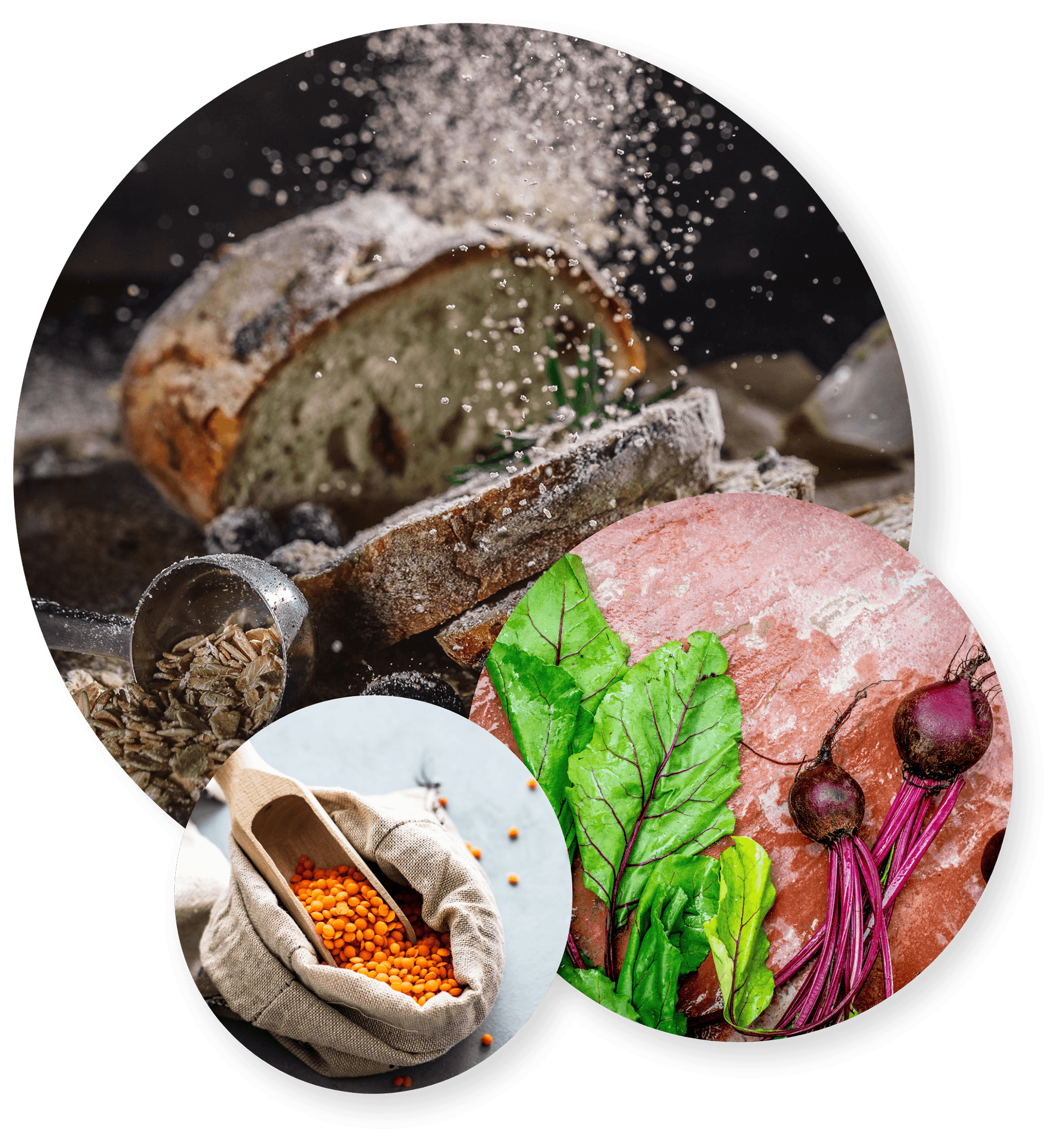In 2030, conscious consumers worldwide are choosing Swedish food and drink thanks to our unique added values.
The food we put on our plates and the drink with which we fill up our glasses have reached this position via an advanced value chain and through the final choice of the consumers. The work is extensive – from qualifying to enter a market to building a relationship where the consumer feels that your product is the one that best fulfils the requests and functional requirements of each meal situation. In order for Swedish foods to really attract consumers worldwide, they must offer added values that are perceived as the most relevant right here and right now.


In 2030, conscious consumers worldwide are choosing Swedish food and drink thanks to our unique added values.
In 2030, conscious consumers worldwide are choosing Swedish food and drink thanks to our unique added values.
The food we put on our plates and the drink with which we fill up our glasses have reached this position via an advanced value chain and through the final choice of the consumers. The work is extensive – from qualifying to enter a market to building a relationship where the consumer feels that your product is the one that best fulfils the requests and functional requirements of each meal situation. In order for Swedish foods to really attract consumers worldwide, they must offer added values that are perceived as the most relevant right here and right now.

DEEP UNDERSTANDING OF CONSUMERS
To achieve this requires a deep understanding of consumers, drivers, and trends in our selected markets. It involves increasing knowledge and understanding of how consumers think and act and of which social factors are linked to food and eating by mapping food systems, markets, and behaviour. New methods and tools are therefore required to identify future societal challenges.
Data and digital aids can be better utilised to capture trends and consumption patterns and thus create future-proof offers. This means better understanding and utilisation of publicly available data from open sources, but also stakeholders along the value chain being more open with sharing data that can help build relationships and create relevant added values.

COMPETITIVE ADDED VALUES
Deeper insight also enables defining and developing the unique added values that create Swedish competitiveness in a global foods market. This includes Swedish strengths and competencies in areas such as product safety, infectious disease control, animal welfare, antibiotic use, or production conditions which our geography can offer. All this can be transformed into unique added values for different consumer categories. Through a clearly attractive message and brand for Swedish food production and Swedish products, a deeper understanding is created of the unique added values and of when, where, and how they can create business opportunities in both a Swedish and global market.

ATTRACTIVE OFFERS
Sweden has incredible raw ingredients, great technical know-how, and a world-class gastronomy. This enables us to develop attractive offers for both the domestic market and the export market based on our unique added values. Included here are the development of new products and offers, such as alternative proteins based on Swedish raw ingredients, sustainably produced animal products, plant-based products, and seafood.
New technologies, production methods, and services are needed in order to combine different raw ingredients and develop new products and production methods, thereby enabling the development of attractive offers that could not be identified in a traditional way.
Sensory testing is central and needs to be developed as a tool to ensure foods of high eating quality. Sweden will also build on its long tradition of developing innovative packaging systems with smart and sustainable packaging and packaging materials.

GLOBAL VALUE CHAIN
The Swedish food sector needs an efficient global chain of production, distribution, marketing, and sales to capitalise on our unique added values. This involves developing innovative methods for marketing and sales in international markets, but also a better understanding of local production and how it is balanced against more centralised large-scale production. Distribution and flow of goods need to be streamlined using modern technology and organisation. In addition, traceability and labelling systems must be developed to fully gain the benefits of Swedish added values in the market.

GASTRONOMIC DRIVING FORCE
As a measure of value in Swedish food attractiveness, we will consciously work to achieve global Swedish food success with gastronomy as a strong driving force. This means that the understanding and development of attractive food environments and meal experiences must increase. We can achieve this by, among other things, mapping and developing new knowledge and increased understanding of terroir and merroir, as well as more advanced knowledge of culinary tourism. In addition, Swedish gastronomy will evolve into a world-class source of inspiration.
CASE
Tex Mex the Swedish way
The typical Swedish Friday evening meal of tacos and toppings is a great example of how we Swedes can adopt food trends and styles from other places and make them our own – and then put them back out on the international market.
Tex Mex the Swedish way has its roots in the developmentally optimistic 1980’s, when the American brand Old El Paso was introduced in Sweden. The American trend inspired the Swedish spice company Nordfalks. The concept was perfect for a flavouring company. In 1991, the first Swedish products were launched under the traditional spice brand Santa Maria.
Sales were slow at first, but with a substantial investment in marketing and from competition between the brands, the segment grew from a few million to a SEK billion market. The concept grew and came to include spice mixes, salsa, taco shells for tortilla bread, tortilla chips, and finally the golden Swedish hybrid: the tortilla pizza.
From main focus being on flavour and spices, taco shapes, chips, and tortilla bread came to play an increasingly important role. In 2008, the company opened a new tortilla bakery in the city of Landskrona, where state-of-the-art technology was used to make bread with long shelf-life completely without preservatives.
For Nordfalks, now Paulig, more exotic flavour concepts, like Asian and Indian, came together under the Santa Maria brand. They also became new examples of how Swedish consumers brought culinary experiences with them home and how we then put our own spin on that culinary experience.
The Swedish variant of dishes from the border between Mexico and the United States also reached other markets, especially in Europe with the Baltic States, Belgium, the Netherlands, Luxembourg, and the United Kingdom. In 2018, the Paulig snack division, comprising tortillas, taco chips, taco shells, and meal kits, had sales of 273 million euros.


